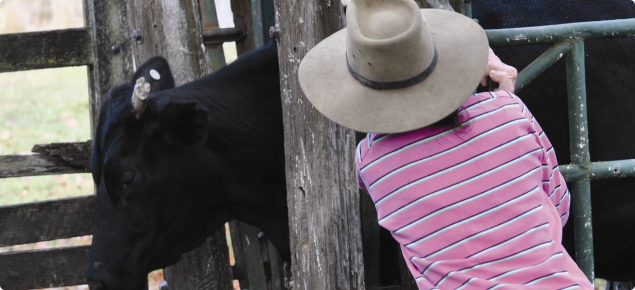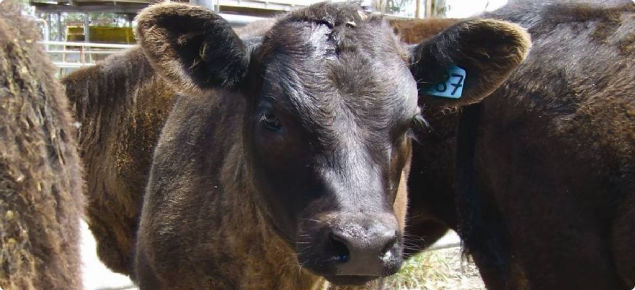The impact stock handling has on the eventual profitability of cattle in the marketplace is vastly understated. A producer’s key goal is to make a living from owning and working with stock. The calmer, more contented and healthier cattle are, the better for everyone concerned.
Ill functioning yards or those in bad repair can also result in bruising and hide damage, which can be costly to a producer's bottom-line.
Low stress livestock handling can contribute to the well-being of cattle by allowing the handler to work them in all situations in a safe, calm, efficient manner — effectively minimising the amount of stress the cattle are exposed to.
The advantages of using low stress stock handling include:
- increased productivity and profit
- improved meat quality
- more effective use of your time and money
- safer for the handler
- reduced cost of production
- quiet, stress free stock and people
- learn to work through all situations confidently.
The quality of meat can be affected by several factors, including transport and pre-slaughter bruising. This can cause meat to darken and harden at the expense of softer flesh and the carcase can be downgraded.
Dark meat is caused by high pH levels because of the failure of glycogen cells in muscle to produce enough lactic acid to decrease pH levels. The lack of glycogen in muscle is the result of poor nutrition and stress in animals, which occurs during handling and pre-slaughter.
Effective cattle handling facilities are a key starting point for low stress stock handling.
Definition of terms
- Holding yard - pen where cattle are temporarily confined.
- Forcing yard - pen used to force the cattle into the race or up a loading ramp.
- The race - narrow single file walkway for cattle to travel through when being moved from one location to another.
- The catwalk - raceway on the outside of forcing yards, races and loading ramps for people to work alongside the cattle.
- Cattle crush - strongly built stall or cage for holding cattle safely while they are examined, marked or given veterinary treatment.



